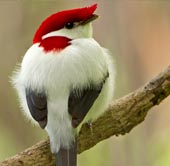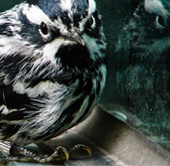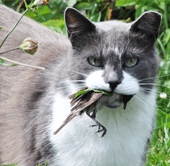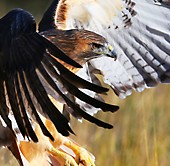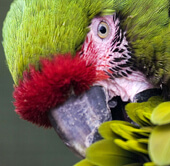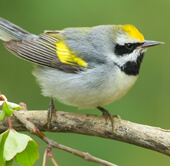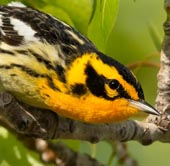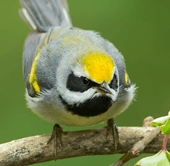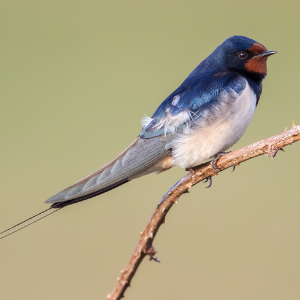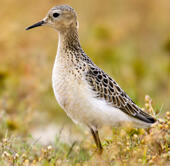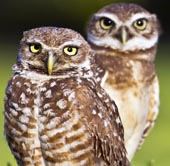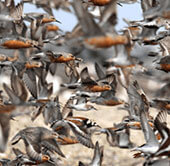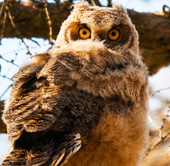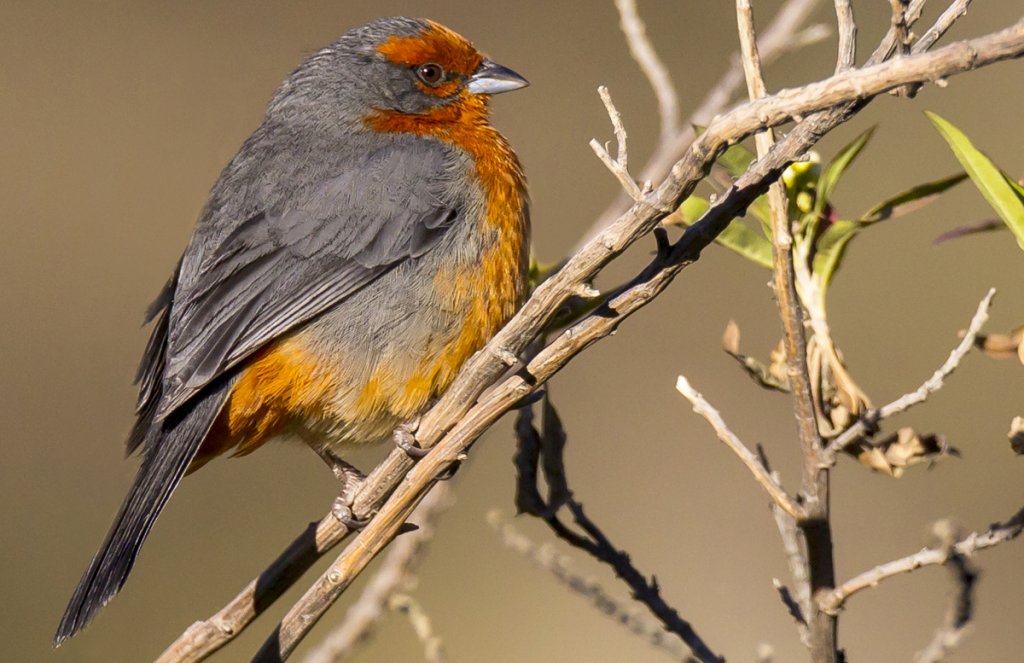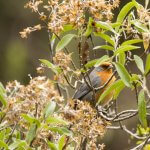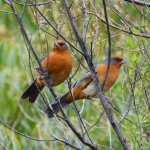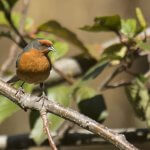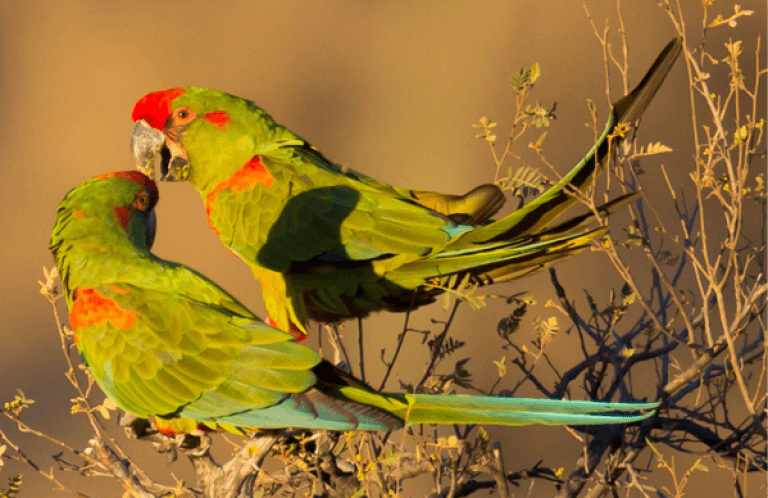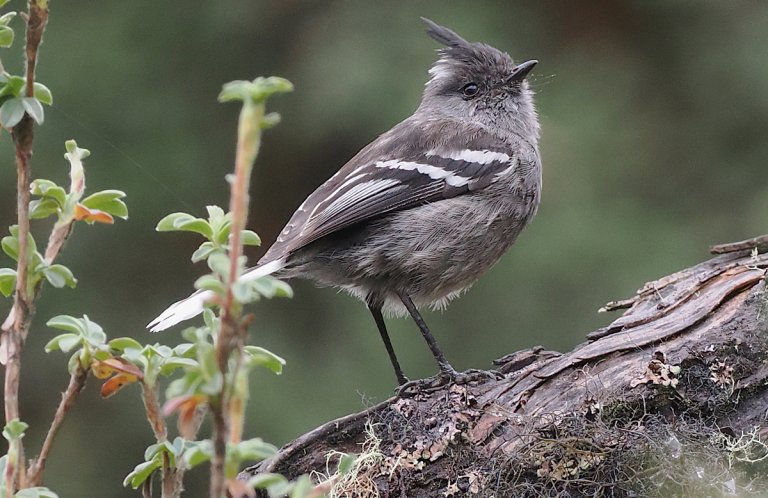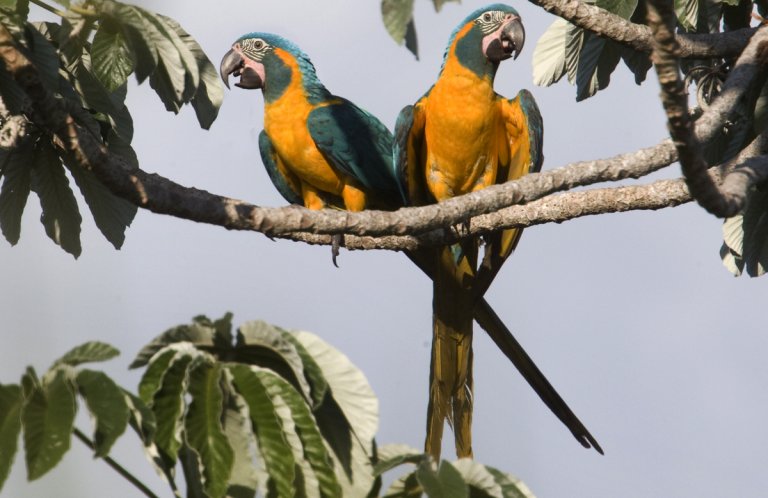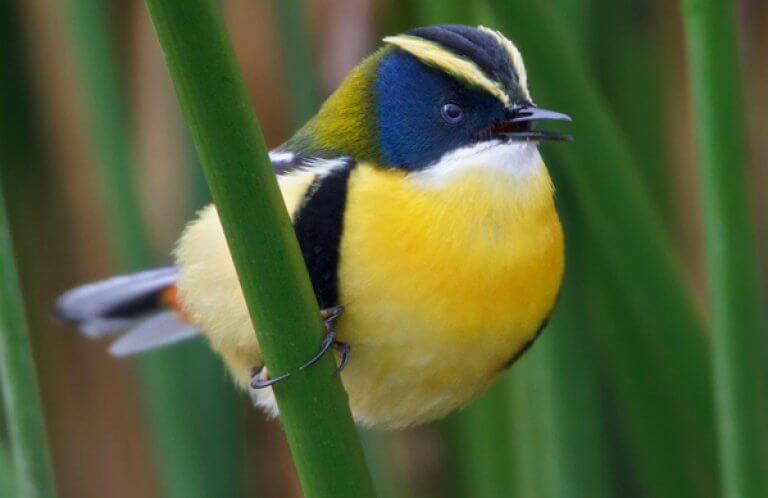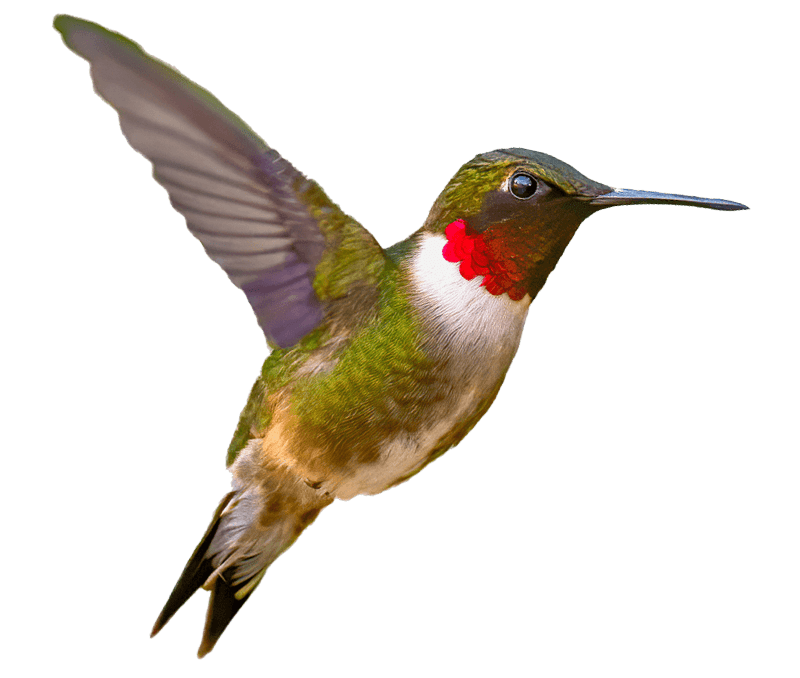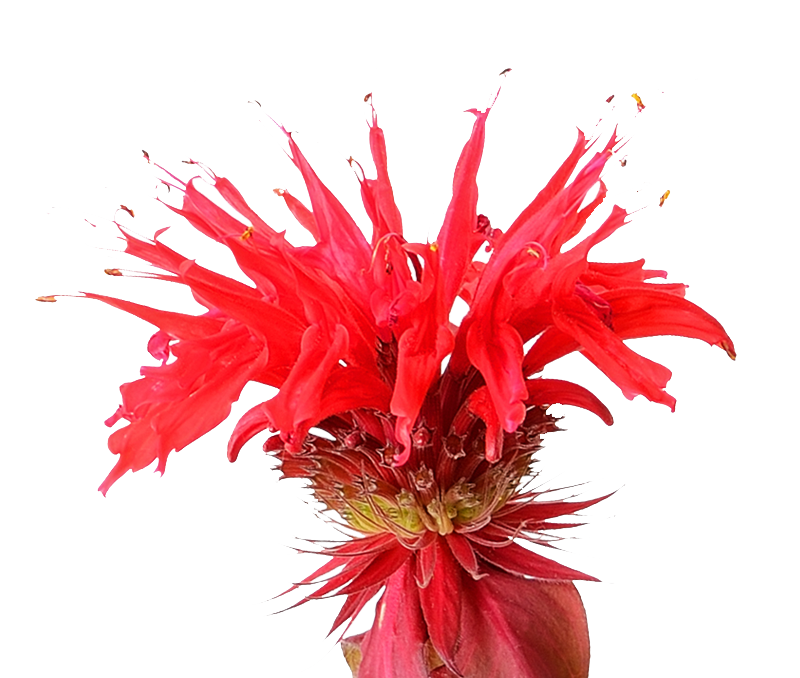About
Named for the Bolivian city adjacent to the mountain slopes that comprise its stronghold, the rare and beautiful Cochabamba Mountain Finch is actually more closely related to a tanager than to a finch. This sparrow-sized bird is a member of the Poospiza genus (warbling finches/mountain finches) and is distinguished by its distinct plumage and highly limited range around the city of Cochabamba in Bolivia.
The Cochabamba Mountain Finch is an eye-catching mix of colors, with a dark gray head, upperparts, and tail setting off vivid rufous-orange undersides and facial markings. Its eyes are a deep brown, and the bill is blackish with a paler lower mandible. The sexes look alike. Juveniles are grayish-brown above, with buffy, dusky-streaked undersides.
Like the Cochabamba Mountain Finch, many geographically restricted species throughout South America are named after “their” places. Many examples can be found in Colombia's Sierra Nevada de Santa Marta, an isolated mountain range along the Caribbean coast. This mountain range holds a wide range of endemic species named for that area, including the Santa Marta Sabrewing, Santa Marta Parakeet, and Santa Marta Bush-Tyrant.
Songs and Sounds
The male Cochabamba Mountain Finch sings two types of song. The first, given near the nest while his mate is building, is a series of three to five warbled whistles, increasing slightly in pitch: tzeet twooo–swee…tzeet twoo–swee.
A second, less common song type is a variable series of whistles with a buzzy note; this song usually elicits an aggressive response from a nesting pair.
Both sexes give a soft, high-pitched sweep call.
Song:
Call:
Breeding and Feeding
The Cochabamba Mountain Finch uses a variety of native shrubs, often those associated with Polylepis woodlands, for foraging and nesting. Pairs can nest successfully in human-modified habitats as long as some native vegetation and woodland edges remain.
The Cochabamba Mountain Finch feeds low in shrubbery or on the ground. Its diet consists mainly of seeds, but some researchers have also recorded this species eating insects.
The Cochabamba Mountain Finch breeds during the rainy season, which in Bolivia occurs from January to April.
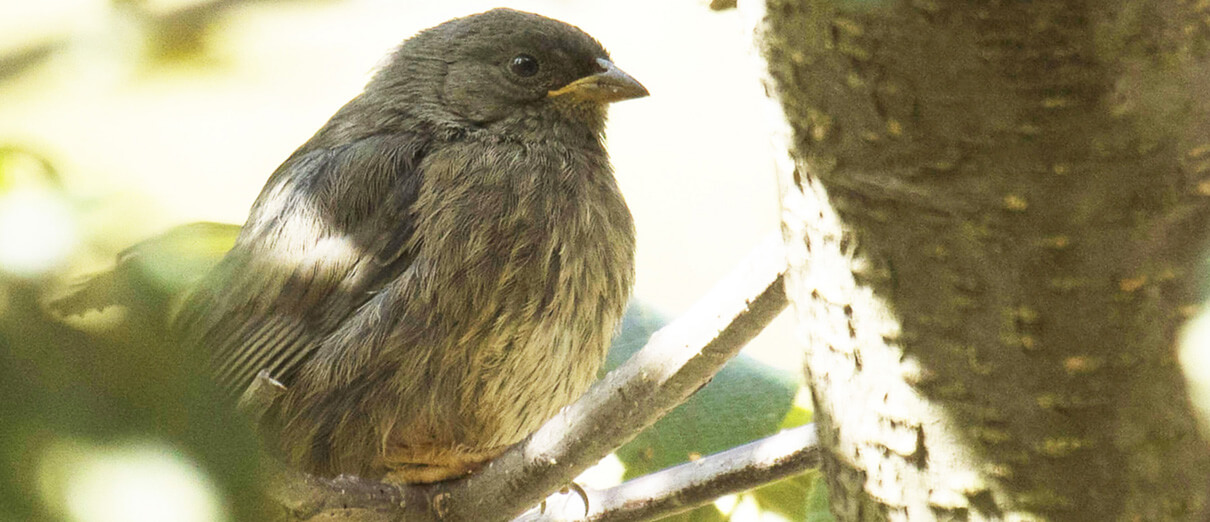
While the male stays close by and sings, the female Cochabamba Mountain Finch gets to work, building a cup-shaped nest of grasses covered with moss and Polylepis bark and lined with softer grass stems and animal hair. The nest is usually located low in a dense shrub or on the ground, hidden within a thick clump of grass or a ground bromeliad.
The female Cochabamba Mountain Finch lays a small clutch of one to two brown-spotted white eggs, which she incubates herself for around two weeks. After hatching, both parents feed the chicks, which are ready to leave the nest after roughly 18 days. This species usually raises only one brood per season, but will re-nest if its first attempt fails.
Region and Range

The Cochabamba Mountain Finch has an extremely limited range. It has been recorded in only three departments in the inter-Andean valleys of central Bolivia.
This species can tolerate some human-caused habitat loss and alteration, and can do well in areas with moderate levels of habitat fragmentation, as long as some native vegetation is also present.
Conservation of the Cochabamba Mountain Finch
The Cochabamba Mountain Finch's habitats are disappearing due to agricultural clearing, human development, and the cutting of native trees for firewood. Its habitats are also degraded by the establishment of non-native eucalyptus and pine tree plantations and uncontrolled wildfires.
A changing climate presents a suite of often unpredictable threats to birds: extreme weather events, droughts, habitat loss due to fire, and intense heat are just a few ways climate change could put the Cochabamba Mountain Finch at further risk.
The Cochabamba Mountain Finch's use of human-altered and agricultural landscapes makes it vulnerable to pesticide exposure and poisoning.
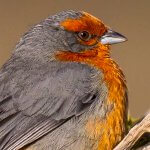
Help support ABC's conservation mission!
ABC and other members of the Conserva Aves partnership are working to protect Key Biodiversity Areas throughout the Tropical Andes while also fostering climate resilience and sustainable development. Our partner Asociación Armonía is one of the national conservation groups helping to implement this plan in Bolivia.
ABC, Asociación Armonía, and local Indigenous communities have worked in the Cochabamba area for many years to restore habitat for the Cochabamba Mountain Finch and a community of other endemic songbirds found there, including the Bolivian Blackbird, Brown-capped Whitestart, Rufous-bellied Mountain Tanager, and Grey-bellied Flowerpiercer. ABC continues to collaborate with partner groups such as Natura Bolivia and Asociación Armonía to create new reserves that directly benefit local communities and ensure the conservation of endemic Bolivian species such as the Critically Endangered Red-fronted Macaw.
Through advocacy, ABC brings attention to threatened and poorly known bird species such as the Cochabamba Mountain Finch. We advocate for policies and funding that make a difference for birds and ecosystems.
Get Involved
Many of the rarest bird species in the Western Hemisphere remain relatively unknown. You can learn more about these birds and the threats they face by signing up for ABC's Bird of the Week email series, which frequently highlights these fascinating birds.
American Bird Conservancy and our partners throughout Latin America and the Caribbean have created and expanded more than 100 bird reserves, which protect upward of 1.1 million acres of vital habitat. Together, we've planted more than 6.8 million trees, helping to restore degraded and damaged habitat. You can help us continue to protect endangered birds by making a gift today.

